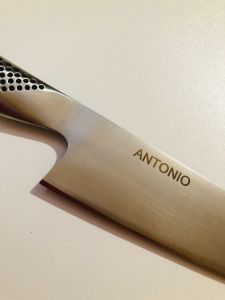Language
WORLDWIDE SHIPPING
Kai case complete with 6 Series Seki Magoroku Shoso knives and accessories
€629.00
€515.57
Availability:
In stock
Kai case complete with 6 Seki Magoroku Shoso Series knives and Kai accessories for a professional chef, sous-chef or executive chef, who wishes to have a case complete with elegant kitchen "jewels", with a functional and elegant look, excellent construction quality and reliable tools for everyday cooking.
The knives in the case are from the Kai Seki Magoroku Shoso series forged from a single piece of stainless steel, they are sharpened and polished by applying a very complex technique.
Shoso blades are made of 1K6 stainless steel with a hardness of 58 +/- HRC which guarantees a high and uniform hardness and a long conservation of the wire.
The handle of the Seki Magoroku Shoso knives is in 18-8 stainless steel with a diamond pattern incorporated on the handle that allows a secure grip.
In the knife case you will find the precious kitchen accessories of Kai Shun, selected and high quality kitchen tools.
The knife case includes:
n. 1 Classic paring knife, blade cm. 12 (AB-5163)
n. 1 Utility knife, blade cm. 15 (AB-5161)
n. 1 Santoku with hollow edge, blade cm. 16.5 (AB-5157)
n. 1 Kitchen knife, blade cm. 18 (AB-5158)
n. 1 Chef's knife, blade cm. 24 (AB-5160)
n. 1 Serrated bread knife, blade cm. 24 (AB-5164)
n. 1 Professional stainless steel mandolin with 3 cuts by Kai (DH-5505)
With a single mandolin it is possible to perform a smooth cut with a fixed thickness of 2 mm, a thin julienne cut with a width of 2 mm and a medium julienne cut with a width of 3 mm.
Cutting width: 8.5 cm. 20° inclination
Mandolin size: 28.5 x 11.5 x 1.5 cm.
n. 1 Professional stainless steel scaler with plastic cover by Kai (DH6006)
Total length: 21 cm.
Handle length: 14 cm.
n. 1 Professional fish bone tweezers (BC0751)
Total length: cm. 13
Length of the grip: cm. 1.5
n. 1 Vegetable peeler (DH6000)
Blade length cm. 5 - Handle size 9.2 x 4 cm.
Kai's case is roomy and with shoulder strap.
Dimensions of the closed knife case: 50 x 27 x 10 cm.
Dimensions of the open knife case: 102 x 49 cm.
Shipping time: 5 working days
FAQs

 IT
IT FR
FR
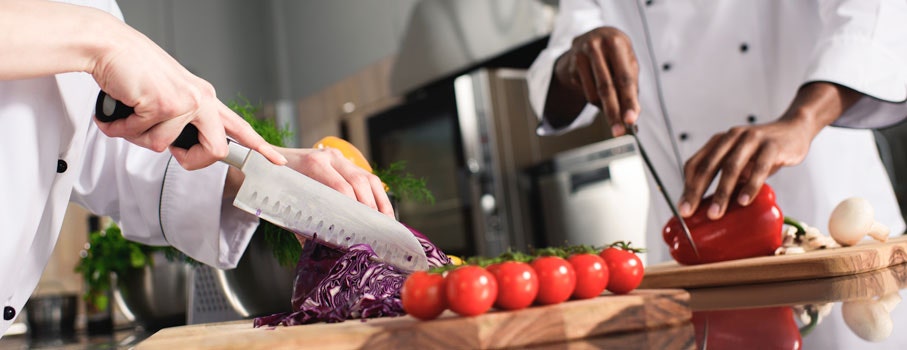
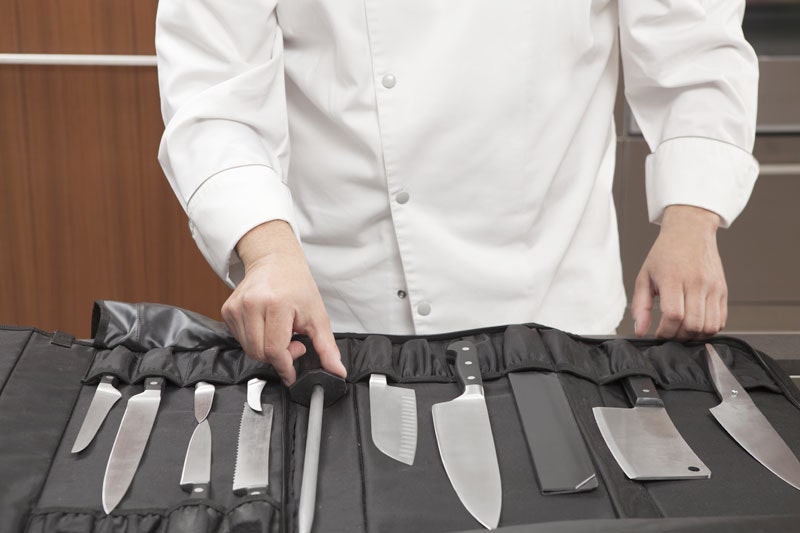
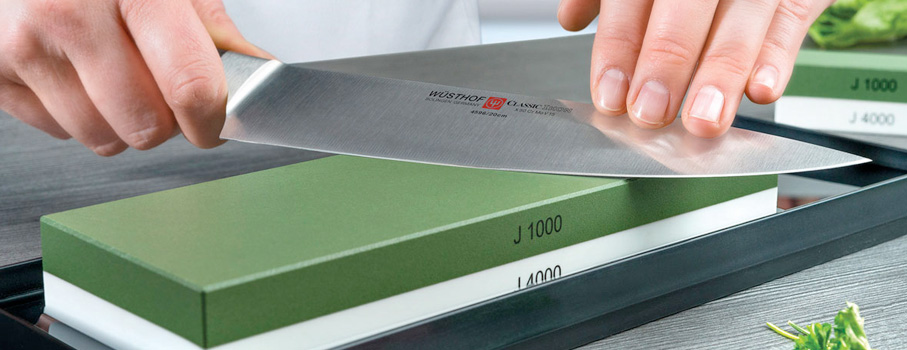
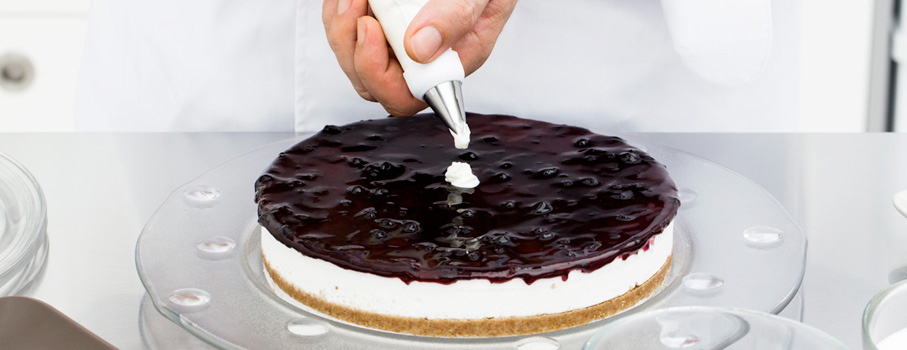

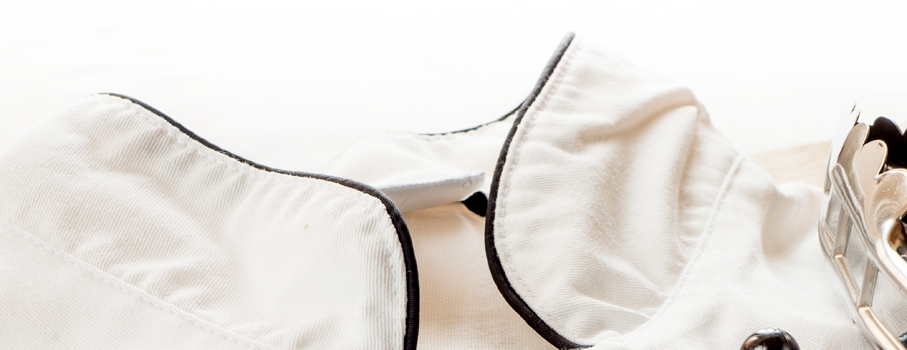
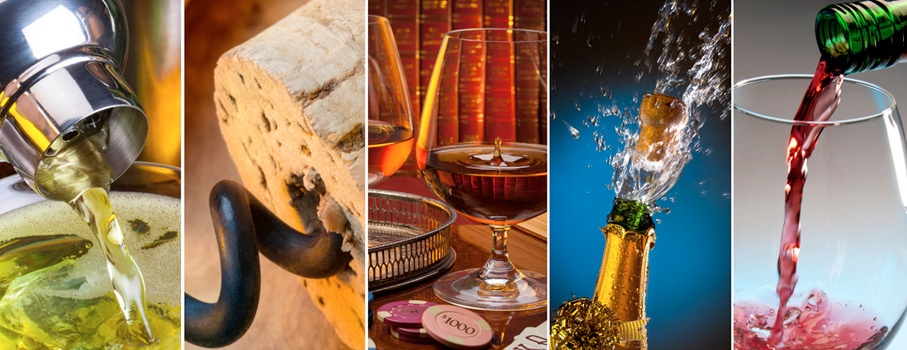
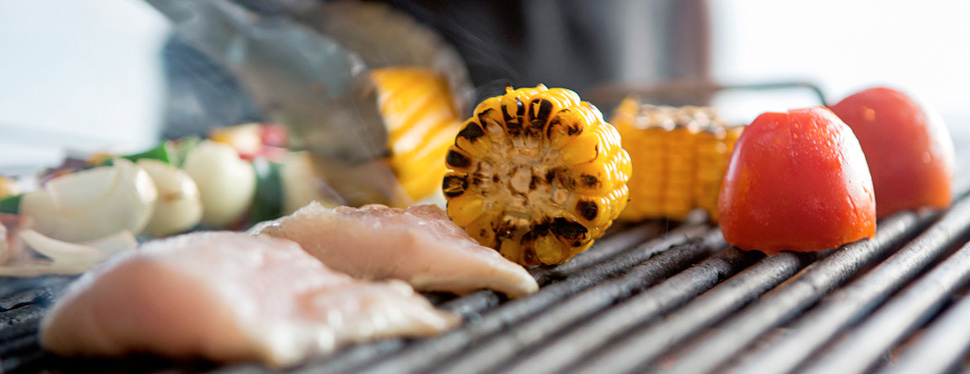

 IT
IT FR
FR
